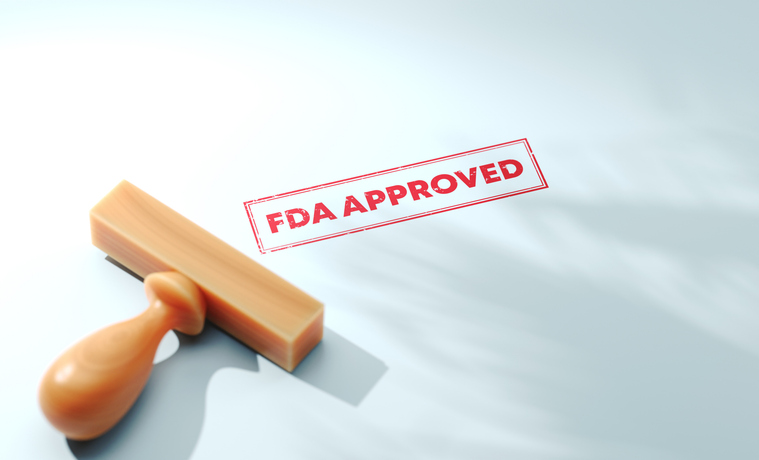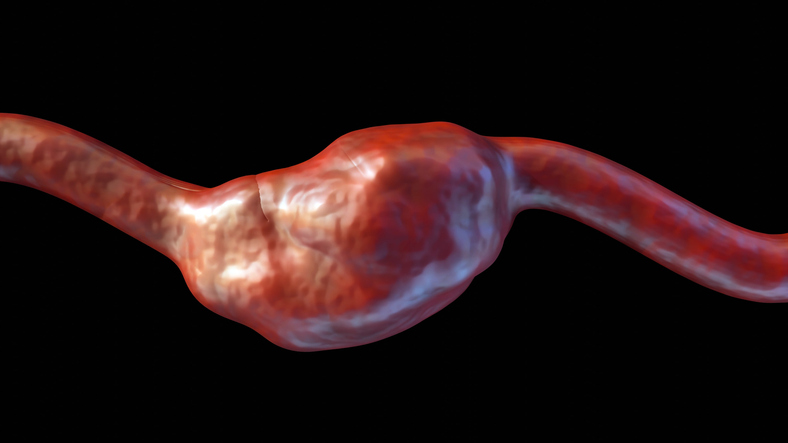
In a recent randomized clinical trial published in the New England Journal of Medicine on August 5, 2021, Dr. Rebecca Mathew et al. found no difference in efficacy and safety outcomes between the two most used inotropic agents in cardiogenic shock, dobutamine and milrinone.
For many years, vasopressors and inotropes have served as the cornerstone of medical therapy for cardiogenic shock. Despite this, previous data to guide clinicians on which to use has been limited to a small randomized controlled trial and two observational studies 1-3. Because of this, when choosing between the two clinicians often rely on patient characteristics, side effect profiles, personal comfort, and theoretical differential effect based on the mechanisms of action.
The DOREMI trial was comprised of 192 adult patients presenting with cardiogenic shock who were randomized to receive either dobutamine or milrinone. Baseline characteristics were similar in both groups, including coexisting atrial fibrillation and use of beta-blockers within the preceding 24 hours. The primary outcome—a composite of in-hospital death from any cause, resuscitated cardiac arrest, receipt of a cardiac transplant or mechanical circulatory support, nonfatal MI, TIA or stroke diagnosed by a neurologist, or initiation of renal replacement therapy—was observed in 47/96 (49%) patients in the milrinone group and 52/96 (54%) patients in the dobutamine group (RR=0.9; 95% CI 0.69 to 1.19, P=0.47). There were no significant differences between the groups in either the individual components of the primary outcome or additional secondary outcomes including development of arrhythmia requiring intervention. Importantly, the initial power calculation was based on an expectation to detect a large treatment effect and thus, small effects may have been underappreciated. The incidence of adverse clinical outcomes was similarly high in both groups.
Cardiogenic shock remains a vexing condition and DOREMI only begins to clarify the optimal strategy. For some, the lack of significant difference indicates equivalence between milrinone and dobutamine. Others wonder about the strategy of relying on inotropes versus earlier use of mechanical circulatory support. Dr. Steven Nissen, former chairman of the Cleveland Clinic Robert and Suzanne Tomsich Department of Cardiovascular Medicine, remarked that “if you study two noxious therapies and there is no difference, it doesn’t make either of them safe. Both drugs are probably worse than placebo!”
Overall, more data are required on the optimal approach to management of cardiogenic shock, but after numerous bedside debates surrounding the optimal inotrope –DOREMI may be music to many Cardiologists’ ears.
Dr. Alexandra Pipilas is a contributor with the CardioNerds, a DocWire News content partner. Follower on Twitter @apipilasMD.







 © 2025 Mashup Media, LLC, a Formedics Property. All Rights Reserved.
© 2025 Mashup Media, LLC, a Formedics Property. All Rights Reserved.